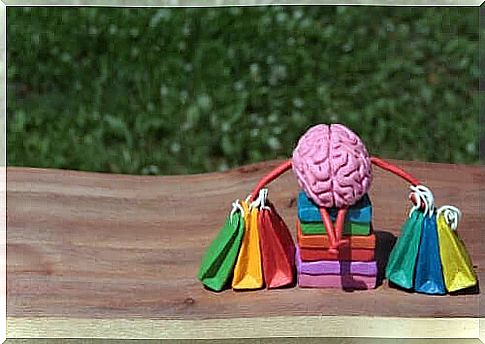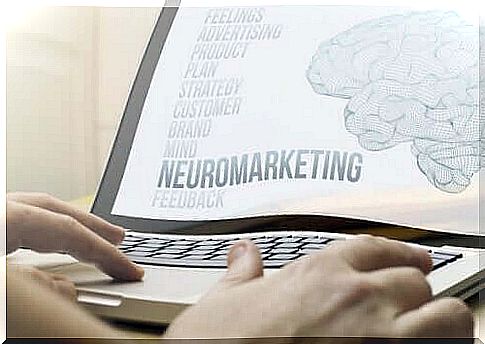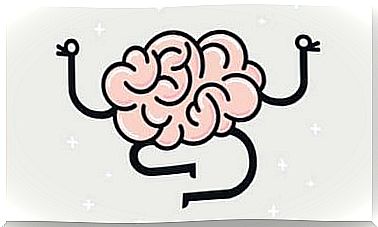Neuroscience And The Consumer’s Brain

Selling more and better is one of the goals of capitalism. This is why companies strive to ensure that consumers want to buy their products. Advertising, marketing campaigns and persuasion techniques are used to improve sales. And, as if that were not enough, a discipline that studies the consumer’s brain emerged not so long ago.
We are talking about neuromarketing, which studies consumer habits. Thanks to this science, we now know more about what happens in our minds when we shop. In this article, you will learn some very important discoveries.
What does neuromarketing study?
Until now, sales techniques have eluded science. In fact, they had, basically, gone into oblivion by trying their hand at it. However, in recent decades, there has been much progress in our knowledge around various aspects of the human mind. Therefore, today, we know much more about things such as memory, perception, and motivation.
On the other hand, thanks to modern neuroimaging techniques, we now better understand how the consumer’s brain works. Together, these two concepts gave rise to neuromarketing. It is a science that has revolutionized the way large companies sell.
Many brands take advantage of all these discoveries and take advantage of our brain’s biases to:
- Create more attractive products.
- Improve the company’s reputation.
- Differentiate their products from those of competitors.
- Modify the sales environment to increase sales.
- Increase their profits.
Therefore, the study of the consumer’s brain has helped companies sell their products. Below, you will find some of the most common uses of the latest discoveries in neuromarketing.

Design of shopping carts to manipulate the consumer’s brain
Have you ever wondered why the wheels of shopping carts seem to change course on some surfaces? Believe it or not, this feature is implemented on purpose. By directing the trolleys towards the shelves, it makes the customers focus more on the products that are there. As a consequence, they buy more.
But it is not the only characteristic of shopping carts that is inspired by the study of the consumer’s brain. Their size also plays a huge role. Because of the way our brain works, we tend to try to fill the basket or cart we walk around with. Therefore, the larger the shopping cart, the more money we will, as a rule, spend.
Display of products in the supermarket
Another practical application of neuromarketing is the design of stores and shelves. Numerous studies of the function of our brain show that we tend to choose what is most visible. After all, we do not really enjoy squatting, do we?
The height at which the products are placed on the shelves of the supermarket has everything to do with this. Thanks to techniques such as scanning the movements of the pupils, it has been discovered that we tend to focus on the things that are placed at eye level when we stop.
Therefore, expensive brands are, as a rule, at eye level, while cheaper products are at the bottom of the shelves.
On the other hand, stacked goods are, as a rule, placed at the bottom of the supermarket. The logic behind this is that we have to go through many shelves that catch our attention when we need to grab them. In general, we end up buying a lot more than we actually need.

The effects of these techniques on the consumer’s brain
After reading about these neuromarketing techniques, you may be wondering if consumption has any free will at all. How easy is it to manipulate us into buying certain products?
This question is precisely the focal point of some studies conducted by R. Mark Wilson, Jeannie Gaines, and Ronald Paul Hill. Unfortunately, the answer to this is not yet entirely clear. Within belief, however, we know that these techniques have a greater effect when we do not pay too much attention to what we do. This can, for example, occur when we are busy.
That said, it’s better to take your time when you are out shopping if you want to avoid falling into the trap of neuromarketing. Take your shopping list with you and try to stick to it as much as you can. A popular piece of advice is not to act when you are hungry. Otherwise, you have, basically, craved any food that is available.
These little tricks can make the difference between a purchase dictated by your needs and a purchase dictated by a store.








